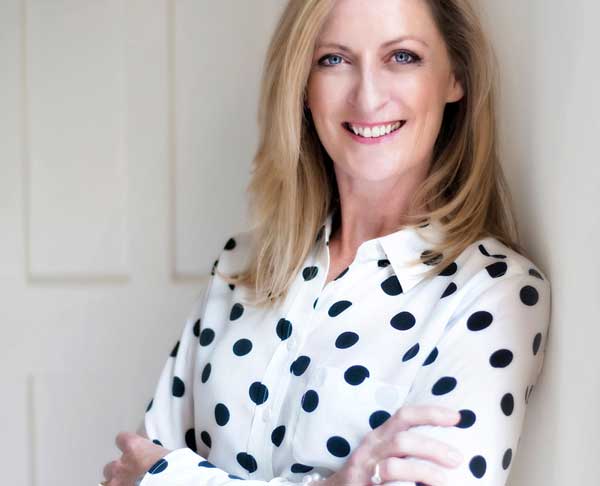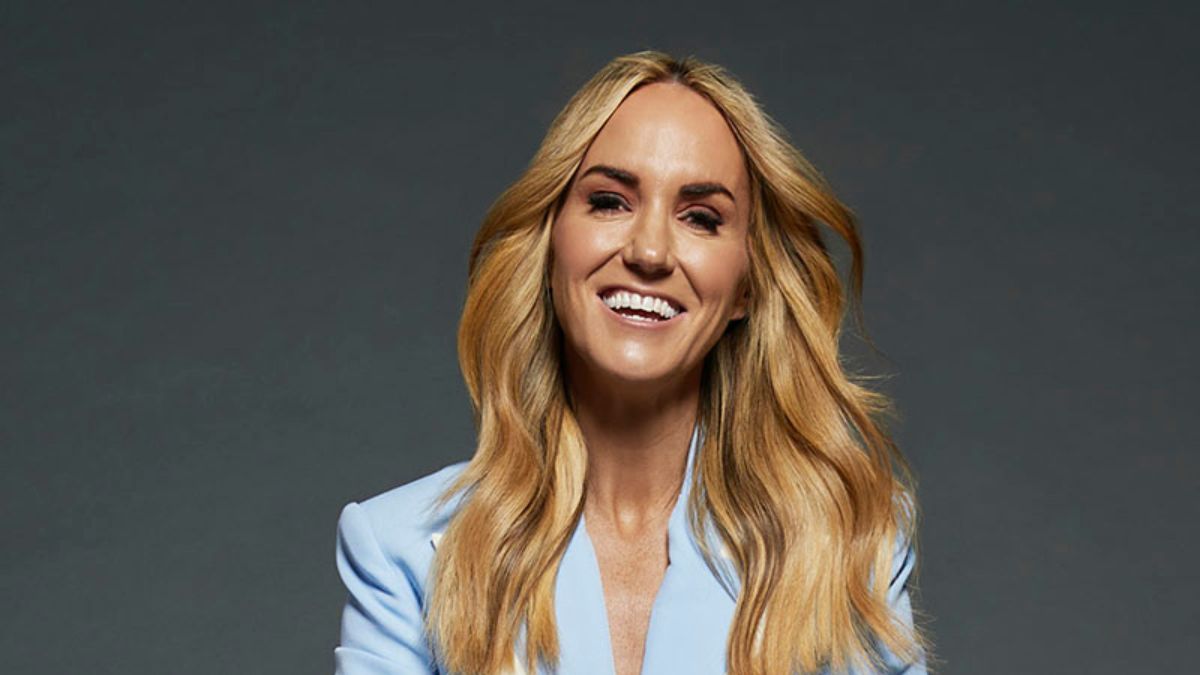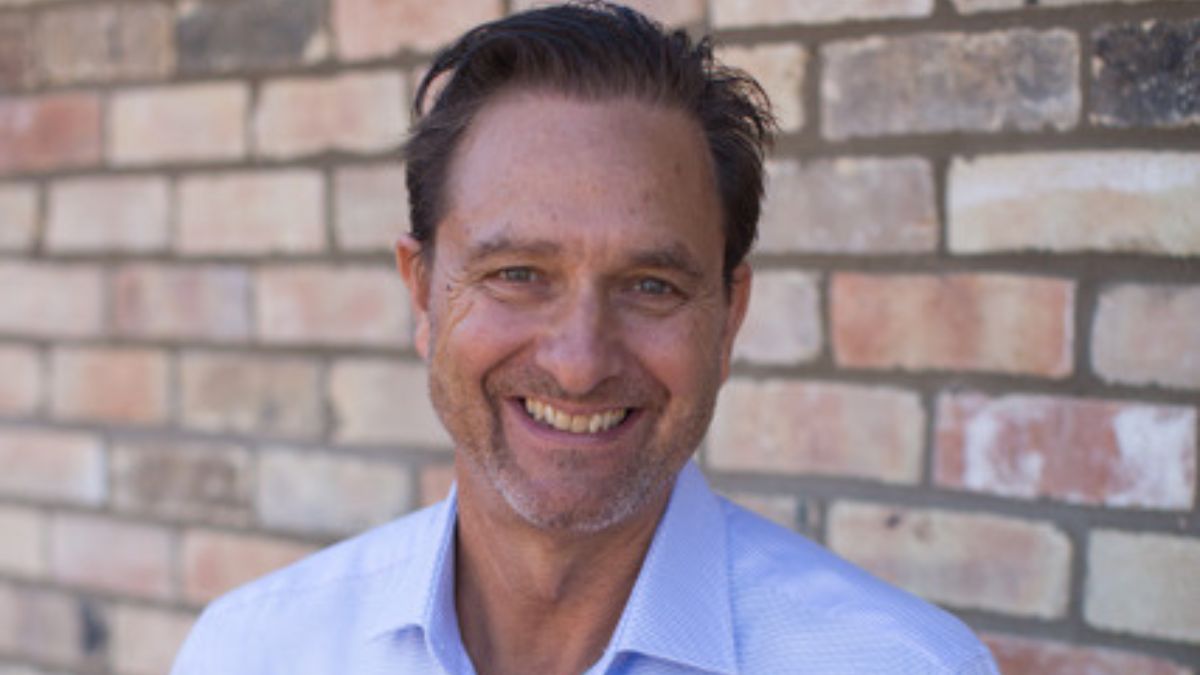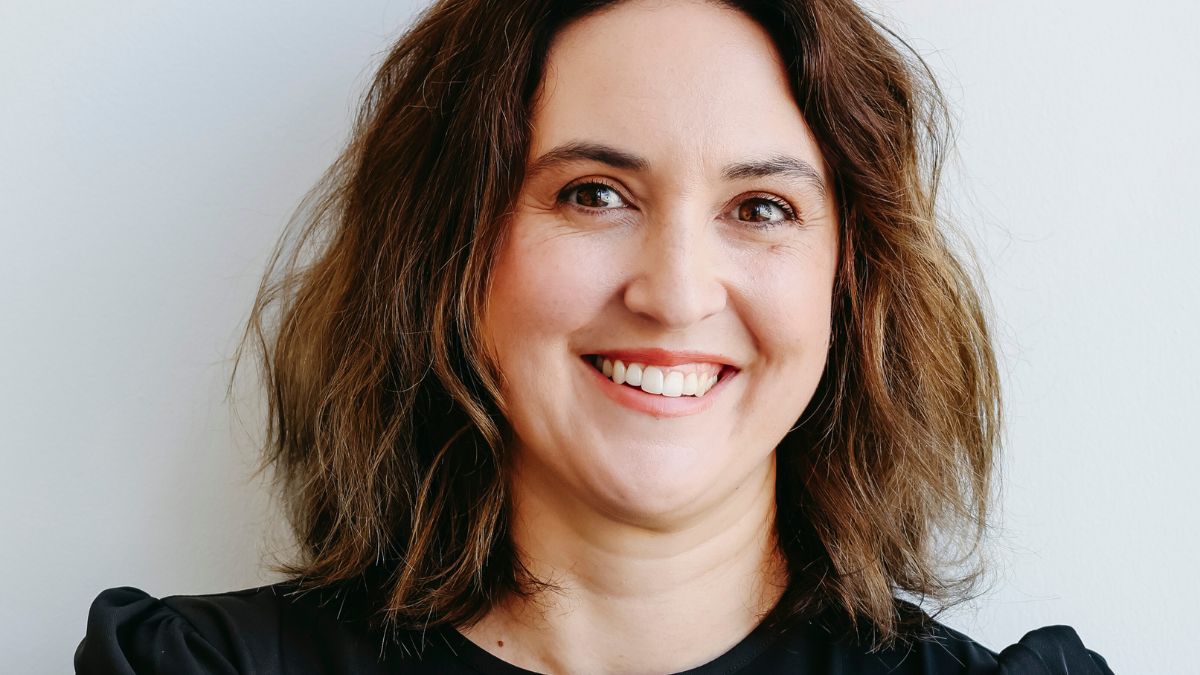10,000 Steps in Heels: A Founder's Guide to Marketing, Hiring, and Finding Your Feet
There's a famous quote often attributed to Ginger Rogers, the dazzling dance partner of Fred Astaire. When praised for her skill, she reportedly quipped, "I did everything he did, but backwards and in high heels."
This line has always resonated with me as a powerful metaphor for the journey of so many female entrepreneurs. We navigate the same complex steps as our male counterparts—the fundraising, the strategy, the scaling—but often with added layers of complexity, different expectations, and a unique set of challenges. We do it all, backwards and in heels.
I was reminded of this profoundly when I had the absolute pleasure of speaking with Louise on my podcast. Louise is the founder of a brilliant business that designs fabulous, comfortable, stylish shoes for women who are on their feet a lot. She has lived the problem she is solving. For eight years, she has been the embodiment of the solo founder: doing the design, the distribution, the development—everything—herself. She has walked her own 10,000 steps in heels, and then some.
Now, she is ready to take the next step. She's ready to scale.
In our wonderfully candid and connected conversation, Louise asked me to put on my old "marketing consultant" hat and help her workshop the future of her business. Her questions were sharp, practical, and incredibly real. She challenged me on crafting a value proposition, asked for a tagline on the fly, and wanted to know the nitty-gritty of cost-effective customer acquisition and a founder's first hire. And of course, the eternal question of balance.
Her journey is so deeply personal and so relatable. It’s a story about turning a passion into a profession and a dream into a reality.
Today, inspired by Louise's drive, I want to expand on the key strategic pillars we discussed. This is my guide for every founder who has built a solid foundation and is now ready to build a skyscraper on top of it.
The Single-Minded Value Proposition - The Heart of Your Marketing
Louise challenged me on this, and I loved it. She, like many founders, has a product with multiple benefits: it's stylish, it's comfortable, it's well-made, it's designed by a woman for women. But in a noisy world, trying to communicate five different messages at once is like trying to have five different conversations at a loud party. No one will hear you.
To cut through the noise, you must find your single-minded value proposition. This is the one, most powerful, most compelling promise you make to your ideal customer. It's the intersection of what they need most and what you do best.
For Louise's business, we explored a few angles. Is the primary driver "style without sacrifice"? Or is it "comfort that empowers"? Finding this core message is the single most important piece of marketing work you will ever do. Why? Because it becomes the filter for everything else.
- Your website headline should scream this promise.
- Your social media bio should state it clearly.
- Your ad copy should be built around it.
- Your tagline becomes its memorable, repeatable expression.
The "On-the-Fly" Tagline Challenge
During our chat, I put myself on the spot to come up with a tagline. While brainstorming is a process, the goal is to capture the feeling and the benefit in as few words as possible. We played with ideas that captured the idea of empowerment and endurance, something like: "Power your day, from the ground up," or "The 10,000-step shoe."
A great tagline isn't just clever; it's a strategic asset. It makes your brand memorable and instantly communicates your core promise. Spend the time to get this right. Workshop it with your customers. A/B test it in your ads. Your single-minded proposition is your North Star.
Cost-Effective Customer Acquisition - Finding Your Tribe Without Breaking the Bank
Once you know what you're saying, the next question is where and how to say it cost-effectively. Louise has built her business through sheer grit. Now, she needs a system to find customers at scale. This is about being a smart farmer, not just a relentless hunter.
1. Go Where Your Tribe Gathers
Your ideal customers are already congregating somewhere, both online and offline. Your job is to find those watering holes. For Louise's shoes, who are the women on their feet all day?
- Nurses and healthcare professionals
- Teachers
- Retail and hospitality staff
- Real estate agents
- Corporate women who travel or have long commutes
Instead of generic Facebook ads targeting "women," you can get far more specific and cost-effective:
- Partner with professional associations: Could she offer a special discount to members of a national nursing or teaching association?
- Engage in niche online communities: Find the Facebook groups and online forums where these professional women share tips and support. Don't go in selling. Go in providing value, participating in conversations, and becoming a trusted resource.
- Content Marketing for Professionals: Write blog posts like "The Ultimate Guide to Surviving a 12-Hour Shift on Your Feet" or "5 Style Tips for the Modern Teacher." This attracts your ideal customer by solving a related problem for them.
2. Leverage Your Greatest Asset: Happy Customers
Your existing customers are your most powerful and cost-effective marketing channel. You need to build a system to activate them.
- A Referral Program: Offer a compelling incentive for customers to refer a friend. Give both the referrer and the new customer a discount or a gift. Make it easy for them to share with a unique, one-click link.
- User-Generated Content (UGC): Encourage your customers to post photos of themselves wearing your shoes in their daily lives. Create a unique hashtag and feature the best photos on your social media and website. This provides authentic social proof that is far more credible than any professional photoshoot.
Your First Hire - From "Doing" to "Leading"
Louise, like every solo founder, is at a tipping point. To grow further, she knows she needs to hire someone. This is one of the most terrifying and critical steps in any founder's journey. The question is, who do you hire first, and how do you compensate them?
Who to Hire First? Your "Anti-You"
Your first hire should not be a junior version of you. Your first hire should be your "anti-you." They should be brilliant at the things you are weakest at or the things you most dislike doing.
- Take a piece of paper and draw two columns. In column one, list all the business activities you love doing and are brilliant at (for Louise, this is likely design and product development). In column two, list all the things that drain your energy or that you know you're not an expert in (this might be logistics, customer service emails, or detailed financial tracking).
- Your first hire is in column two. By hiring someone to take over these tasks, you are not just delegating work; you are buying back your own time and energy to focus on your zone of genius, which is where you create the most value for the business.
Compensation and Bonus Structures
This is a huge topic, but the core principle is alignment. You want to create a compensation structure that aligns your employee's financial success with the company's success.
- The Base Salary: This needs to be a fair market rate that provides them with financial security.
- The Bonus Structure (The "Skin in the Game"): A bonus should be tied directly to measurable outcomes that the employee can influence. For a marketing or sales role, this is straightforward—a percentage of sales growth or a bonus for hitting a specific lead target. For an operational role, it could be tied to improving efficiency metrics or customer satisfaction scores.
A well-designed bonus structure turns an employee into a partner. They start thinking like an owner, constantly looking for ways to help the business succeed because they know they have a direct stake in that success.
The Eternal Question of Time and Balance
Finally, Louise asked about the one resource we can never get more of: time. How do you find balance when you are the business?
This is where we come back to the Ginger Rogers metaphor. The reality for many founders, especially female founders who may also be juggling primary caregiver responsibilities, is that "balance" can feel like a mythical creature.
I prefer the concept of integration and seasons.
- Integration: Instead of trying to build a rigid wall between "work" and "life," look for ways to integrate them. This means unapologetically blocking out time in your work calendar for school pick-up or a personal appointment. It means being fully present in whichever "mode" you are in.
- Seasons: There will be seasons of intense hustle in your business—a product launch, a major sales push. And there must be seasons of deliberate rest and recovery. The key is to recognize that the hustle is not a sustainable permanent state. Plan your seasons. After a big launch, schedule a week of lighter duties or a short holiday. Build the recovery into the plan from the start.
And most importantly, practice ruthless prioritisation. As I worked through with Louise, every "yes" to a small, non-critical task is an implicit "no" to a major, needle-moving strategic project. You have to become the fierce guardian of your own time.
A Story of Passion and Connection
Our entire conversation was a beautiful reminder that business is not just about spreadsheets and strategies. It is deeply, profoundly personal. It's about a founder pouring their heart, their experience, and their dreams into creating something that makes people's lives better. It's about the courage to take the next step, to ask for help, and to evolve.
To hear the passion in Louise's voice and to workshop these real-world challenges with her was an absolute privilege. Her journey from solo entrepreneur to scalable brand owner is a story that will inspire so many.
Taking the Next Step
Louise's business is at an incredibly exciting inflection point. She has done the hard yards. She has walked the 10,000 steps and created a product people love. Now, her success will be defined not just by her ability to design great shoes, but by her ability to design a great business.
This means clarifying her marketing message, building scalable systems to find her customers, hiring smartly to buy back her time, and intentionally designing a life that can sustain her for the long journey ahead.
It's a journey of evolution, from doing it all to leading it all. And it's one of the most rewarding journeys a founder can take.






